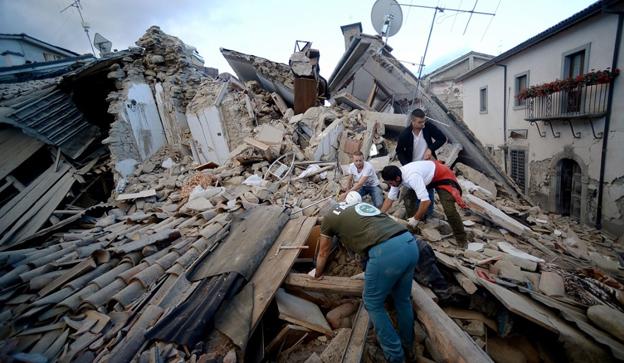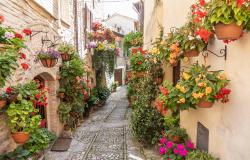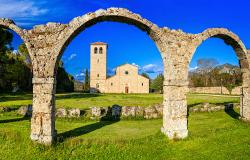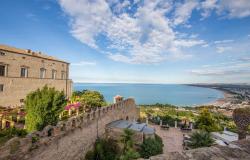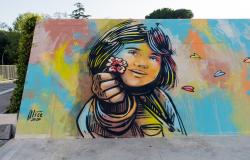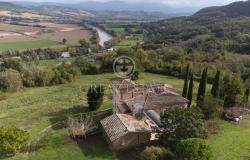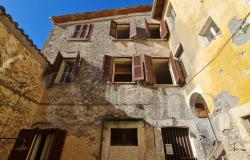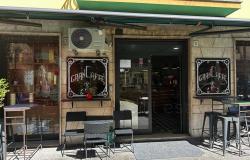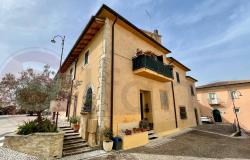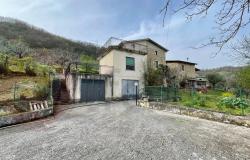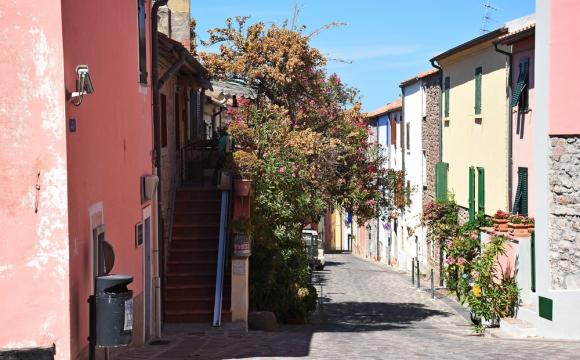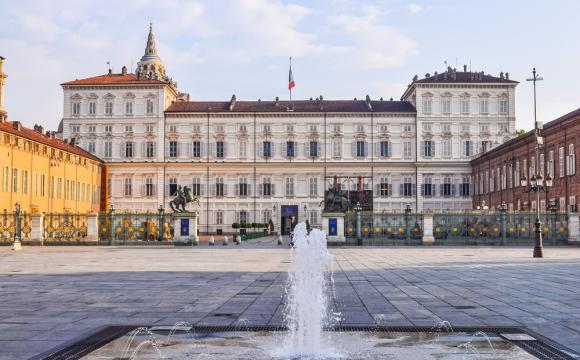A 6.2 magnitude earthquake struck central Italy in the early hours of Wednesday, killing at least 240 people. Many more are thought to be trapped under debris, and the death toll is expected to rise.
The first earthquake struck at 3:36 a.m. near the town of Accumoli, in the province of Rieti, one of the towns worst hit, along with Amatrice, Arquata and Pescara del Tronto; the area affected comprises the regions of Lazio, Marche, Umbria and Abruzzo. The first shake was followed by 100 aftershocks over a three-hour period, which were felt as far as Rome and the region of Emilia-Romagna.
All of the towns mentioned above are located in a territory of great natural beauty, close to two national parks, and are home to an important historic and artistic heritage (damages have yet to be assessed). Here’s a closer look.
Amatrice
Located in the province of Rieti in northern Lazio, Amatrice, “the town of 100 churches,” was inserted into the list of Italy’s most beautiful ‘borghi’ (historic hamlets) last year, thanks to its Roman, Renaissance and Baroque monuments. Now, much of the town is reduced to rubble. "There's nothing left here," said the town’s mayor, Sergio Pirozzi, on the phone with RAI News. He feared many people were still trapped or dead underneath debris.

[Amatrice before and after the earthquake.]
Amatrice is located at the entrance of the Parco Nazionale del Gran Sasso e Monti della Laga, one of the largest protected areas in Europe, dominated by the massif of the Gran Sasso. The park is popular with nature and outdoors lovers for the numerous trails and opportunities for hiking, mountain biking, horse riding, birdwatching.
Amatrice is also famous for being the birthplace of one of Lazio’s most famous pasta sauces: amatriciana. Originally, the recipe called for spaghetti; in fact, signs at the entrance of the city present it as “Amatrice, Città degli Spaghetti.”. In Rome, spaghetti have been replaced by bucatini to make the signature Roman dish, bucatini all’amatriciana. And it is right around this time of the year that Amatrice celebrates its most famous recipe, during the Sagra degli Spaghetti all’Amatriciana (this year scheduled for August 27-28). A festival that, sadly, will not happen this year.
Accumoli

[Accumoli before the earthquake that hit Central Italy on August 24.]
Also in the province of Rieti, Accumoli is about 110 kilometres (68 mi) northeast of Rome, and is located in the Gran Sasso and Monti della Laga National Park, at an altitude of 855 m, in the Umbria-Marche Apennines. It is set among a landscape of great natural beauty, still overlooked by mass tourism. It is also a point of departure for excursions to the Monti Sibillini area, famous for being home to the extraordinary multi-color blooming of the flowers (fioritura) in the Piana di Castelluccio.
Among Accumoli’s most important sites are the 12th-century Civic Tower, a symbol of the independence of the comune in the Middle Ages, and the 15th-century Palazzo del Guasto, where San Bernardino held its sermons between 1427 and 1433.
The town’s mayor Stefano Petrucci has said that 2,000 people lost their homes to the earthquake.
A sad coincidence involving Amatrice and Accumoli: both towns were hit by a devastating earthquake in 1639, “a twin earthquake to the one that occurred last night,” said seismologist Andrea Tertulliani to La Repubblica’s newspaper. The two towns are positioned on a fault line at high seismic risk.
Pescara del Tronto and Arquata del Tronto

[Rescue workers in Arquata del Tronto.]
The earthquake has also hit the area of Ascoli Piceno in Le Marche region, especially the towns of Arquata del Tronto and tiny Pescara del Tronto. Located in an area of natural beauty and historic importance, Arquata has been attracting tourists for its famous medieval fortress overlooking the town, as well as its numerous ancient and religious buildings, and the nearby mysterious cave of the “Sibyl Apennine” (Sibilla Appenninica). Pescara del Tronto is crossed by the Salaria, the consular road built by the ancient Romans to link Rome to the Adriatic Sea.
Both Pescara del Tronto and Arquata del Tronto, as well as the surrounding territory, are located between two protected natural areas: the National Park of the Sibillini Mountains and the Gran Sasso e Monti della Laga National Park.
At least 100 people are feared missing in the tiny town of Pescara del Tronto, with the town center practically razed to the ground. A piece of good news emerging from all the devastation refers to two children, ages 4 and 7, who were extracted alive from the rubble thanks to their grandmother who slipped them under a bed and then shielded them. She was also rescued after being trapped for several hours.

[Pescara del Tronto after the earthquake.]
What you can do to help:
Donating blood – people wishing to donate blood should head to their local Avis center (Associazione Volontari Italiani Sangue) and local hospitals. All blood types are needed, but only people who have already donated before will be accepted (there is no time to verify the health conditions of a person).
Donating money - you can help the rescue efforts of the Croce Rossa Italiana (Red Cross) by donating money via its website. The NIAF (National Italian American Relief) has also started a fund to help out earthquake victims. We also found this facebook page dedicated to helping out the displaced pets of the quake, they need your help too.
Donating things - blankets, bed sheets, clothes, water, food are all welcome and can be donated to local shelters set up in the towns closest to the affected areas, such as Rieti and Pescara.
Eat pasta -- a facebook intiative #AMAtriciana has asked local restaurants in Italy to offer a plate of amatriciana pasta on their menus and donate a portion of the proceeds to the Italian red cross. For a list of participating restaurants, save this map.
Volunteering - Avoid uncoordinated, chaotic or disorganized volunteer efforts. Local relief organizations are currently coordinated by Italy’s Protezione Civile (Civil Protection), and all volunteers wanting to help should report to them.
Driving and using phones - Avoid using streets around the affected areas, especially the Via Salaria, in order to allow emergency vehicles to reach the affected areas as quickly as possible. Do not use cell phones and home phones so as to not clog telephone lines for relief workers.
